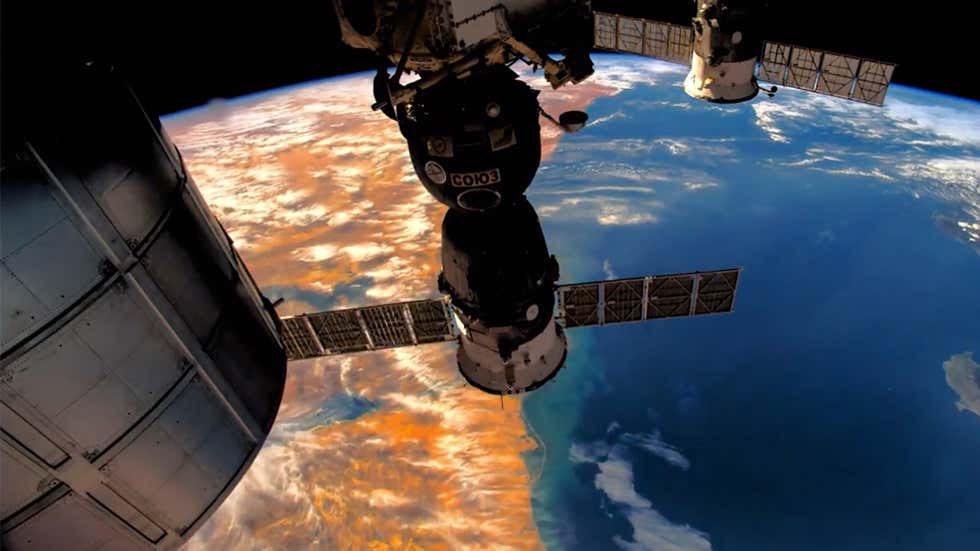
#Monsoon2021: When Will #MonsoonRains Commence over #Bengaluru and Other Parts of Karnataka?
weather.com/en-IN/india/mo…
(📸: Ravindra Nayak C H/VK, MMCL, Bengaluru)
weather.com/en-IN/india/mo…
(📸: Ravindra Nayak C H/VK, MMCL, Bengaluru)

Following the delayed onset of the southwest monsoon season over Kerala, the first monsoon showers are expected to reach Karnataka slightly later than usual—commencing by the start of next week.
Yet, it’s not a cause of concern, as the overall rainfall is expected to remain above normal across the state this year. 

👉Slow progress of monsoon during the first half of June
Last month, between May 21 and 27, the southwest monsoon was pulled dramatically forward from the Andaman Sea to the southwest Bay of Bengal by the recent Cyclone Yaas.
Last month, between May 21 and 27, the southwest monsoon was pulled dramatically forward from the Andaman Sea to the southwest Bay of Bengal by the recent Cyclone Yaas.
But come May 30, the monsoon's northern limit was observed to have gotten stuck over the Maldives-Comorin area, passing over Sri Lanka and southwest and the east-central Bay of Bengal. 

This resulted in the India Meteorological Department (IMD) revising its earlier forecast of monsoon onset over Kerala from May 31 to June 3.
The weakening of lower-level southwesterly winds due to the eastward progression of the Madden–Julian oscillation (MJO)...
The weakening of lower-level southwesterly winds due to the eastward progression of the Madden–Julian oscillation (MJO)...

...is the likely cause for the delayed onset. Naturally, its commencement over the rest of Indian states is expected to get slightly delayed as well.
The next favourable phase of MJO over the Indian Ocean is likely in the third week in June.
The next favourable phase of MJO over the Indian Ocean is likely in the third week in June.
👉Delayed monsoon onset
On Wednesday, June 2, IMD has confirmed that the spatial rainfall distribution over Kerala has increased. The westerly winds have strengthened in the lower levels over the south Arabian Sea, and there is an increase in cloudiness over the Kerala coast.
On Wednesday, June 2, IMD has confirmed that the spatial rainfall distribution over Kerala has increased. The westerly winds have strengthened in the lower levels over the south Arabian Sea, and there is an increase in cloudiness over the Kerala coast.
These conditions indicate that rainfall activity will get enhanced across Kerala in the next 24 hours, effectively leading to the onset of monsoon season on June 3.
On average, the southwest monsoon arrives over Kerala on June 1.
On average, the southwest monsoon arrives over Kerala on June 1.

It takes about 2-3 days for the monsoon to reach its neighbouring state of Karnataka, where the average onset date is June 3. Therefore, considering the slow progress of the monsoon this year and the Kerala onset on June 3, it is expected to get to Karnataka around June 7.
👉Pre-monsoon showers to continue
Until the monsoon showers begin across Karnataka, the state will continue experiencing pre-monsoon rains. These wet conditions will be caused by the combination of moist westerly winds blowing in from...
Until the monsoon showers begin across Karnataka, the state will continue experiencing pre-monsoon rains. These wet conditions will be caused by the combination of moist westerly winds blowing in from...
...the Arabian Sea and a cyclonic circulation located off the Karnataka coast.
Meanwhile, as per the IMD’s latest long-range monsoon forecast, Southern Peninsular India is expected to receive normal rainfall between June to September 2021.
Meanwhile, as per the IMD’s latest long-range monsoon forecast, Southern Peninsular India is expected to receive normal rainfall between June to September 2021.

This ‘normal’ monsoon season will arrive on the back of a wetter-than-average pre-monsoon season.
• • •
Missing some Tweet in this thread? You can try to
force a refresh











